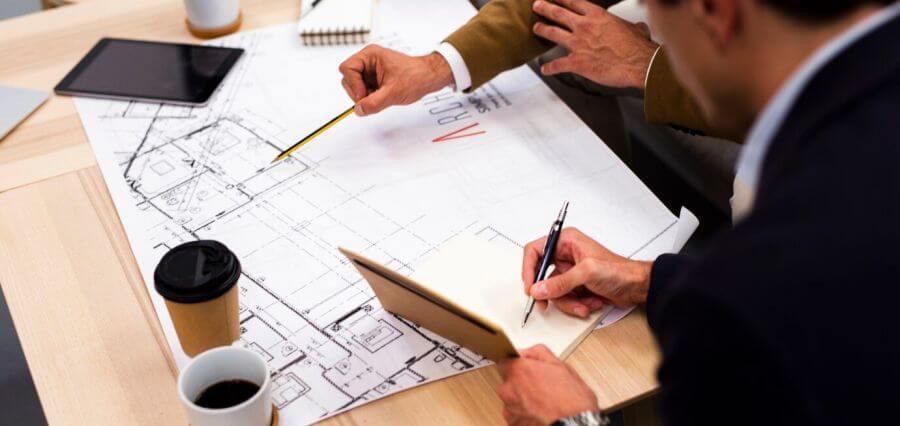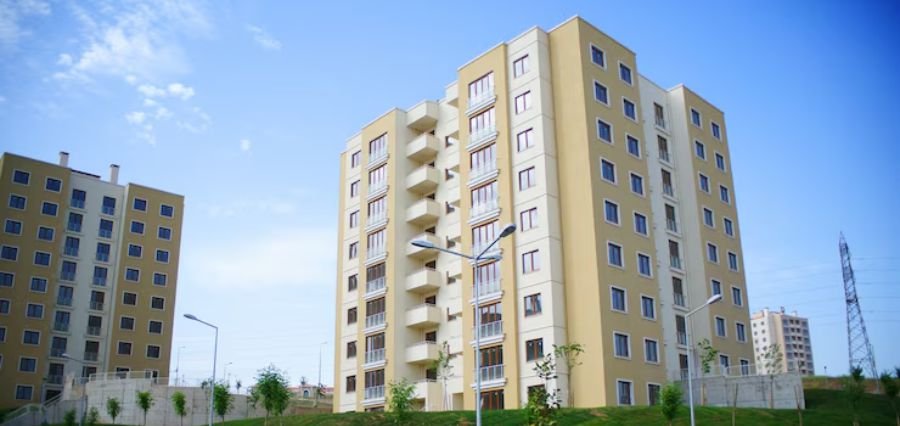A well-designed layout can be the cornerstone of success for commercial properties. Effective layout planning not only maximizes space but also enhances operational efficiency and creates a positive environment for both employees and customers. Here are some essential tips for effective layout planning in commercial properties, including the valuable role of design professionals.
Understanding Your Business Needs
Before diving into design specifics, it’s crucial to assess your business’s unique requirements. Consider what functions your commercial space needs to accommodate. Whether it’s an office, retail store, or industrial facility, understanding these needs will guide your layout decisions. For example, a retail store might require ample display space and customer interaction areas, while an office might prioritize open workstations and meeting rooms.
Additionally, think about workflow efficiency. How will employees move through the space? An effective layout minimizes unnecessary movement and maximizes productivity. Also, plan for future growth. Your layout should not only meet current needs but also be flexible enough to adapt to future changes or expansions.
Prioritizing Functionality and Flexibility
Functionality should be the primary focus when planning your layout. Ensure that every area of your commercial property serves a specific purpose and contributes to your business’s operational efficiency. For instance, in a warehouse, efficient storage solutions and clear pathways are essential for smooth operations.
Flexibility is equally important. Design adaptable spaces that can easily accommodate changes in your business’s needs or operations. This might involve creating multi-purpose areas or using modular furniture that can be reconfigured as needed. Efficient space utilization is key—aim to maximize the use of available space without making it feel crowded.
Incorporating Aesthetic Elements
While functionality is crucial, the aesthetic elements of your layout should not be overlooked. A well-designed space should be visually appealing and align with your brand identity. For instance, the use of colors, lighting, and materials can reflect your brand’s image and create an inviting atmosphere for clients and employees.
Comfort and ambiance are also important considerations. A pleasant work environment can boost employee morale and productivity. This includes ensuring adequate lighting, comfortable furnishings, and a layout that promotes a positive atmosphere.
The Role of Design Professionals
Engaging design professionals can significantly enhance the effectiveness of your layout planning. Architects and interior designers bring expertise and experience that can make a substantial difference in the final outcome. They can provide customized solutions tailored to your specific business needs and ensure that the design adheres to all relevant codes and standards.
Design professionals also offer project management services, which can streamline the design and implementation process. Their oversight ensures that the project stays on track and meets your expectations. For more information on how design professionals can assist with your layout planning, you can visit website of Nadi Group.
Integrating Technology and Innovation
Incorporating modern technology into your layout can further enhance its functionality. Consider integrating smart technologies such as automated lighting systems, energy-efficient HVAC solutions, and advanced security systems. Staying updated with the latest design trends and innovations can also provide added benefits and improve the overall efficiency of your commercial property.
Testing and Evaluation
Before finalizing your layout, it’s essential to test and evaluate your design concepts. Use mock-ups or simulations to visualize how different layout options will work in practice. Collect feedback from employees and stakeholders to ensure that the design meets everyone’s needs.
Making adjustments based on feedback and testing results can help refine the layout and ensure it achieves the desired outcomes. This iterative process is crucial for creating a space that is both functional and comfortable.
Conclusion
Effective layout planning is vital for maximizing the success of commercial properties. By understanding your business needs, prioritizing functionality and flexibility, incorporating aesthetic elements, and engaging design professionals, you can create a space that enhances productivity and reflects your brand. Consider integrating modern technologies and regularly evaluating your design to ensure it remains optimal. Investing in thoughtful layout planning will ultimately lead to a more efficient, comfortable, and successful business environment.















